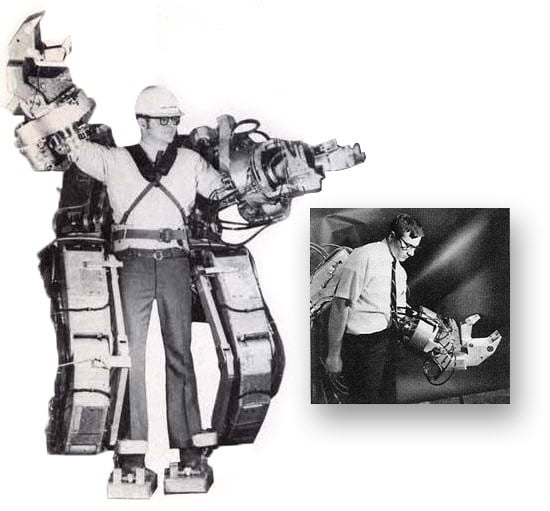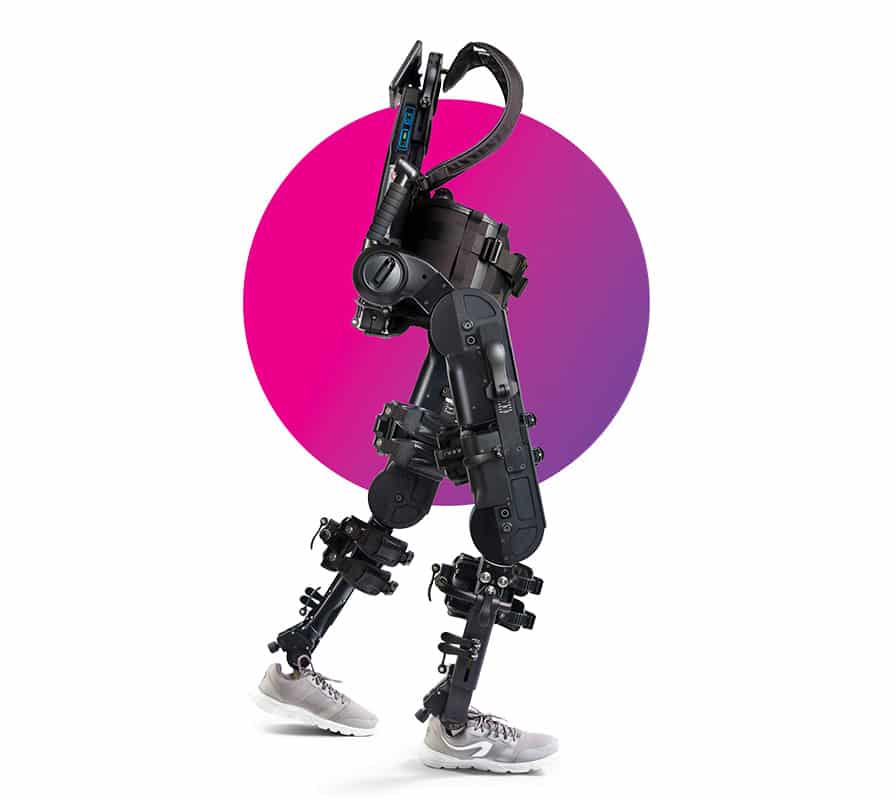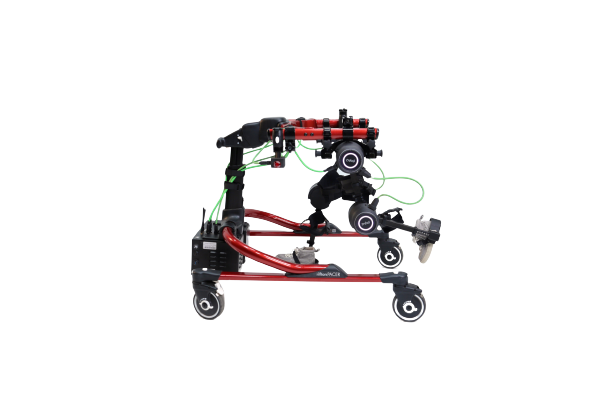Imagine being able to lift hundreds of pounds without breaking a sweat, walk again after paralysis, or punch through obstacles like you’re living in a Saturday morning cartoon. Exoskeleton suits—once the stuff of science fiction and superhero films like Iron Man—are now being actively developed for real-world applications across the military and medical industries.
These wearable robotic systems are poised to redefine human capability. While some are designed to support spinal injury patients as they walk again, others are being fine-tuned to help soldiers dig through rubble, carry heavy gear, or even perform superhuman feats of strength in the field. The race to bring these technologies to life is being led by a wave of innovative companies around the globe.
Let’s dive into the world of exoskeleton suits, explore their history, their incredible potential, and the key players bringing this future into focus.
What Are Exoskeleton Suits?
Exoskeleton suits, also known as powered exosuits or wearable robotics, are external wearable devices that enhance the body’s natural movement. They can either amplify strength, restore mobility, or assist in rehabilitation. Designs range from rigid, robotic frameworks powered by motors and hydraulics, to soft, fabric-based systems that mimic muscle movement.
These suits fall broadly into two categories:
- Military exoskeletons: Built to enhance soldier endurance and battlefield performance.
- Medical exoskeletons: Designed to restore mobility or aid physical therapy for patients with disabilities or injuries.
From Clunky Machines to High-Tech Armor: A Brief History

The first exoskeleton concept—the Hardiman suit—was introduced in 1960 by General Electric. It was capable of lifting heavy loads, but it was so unwieldy that it couldn’t be tested with a human inside due to violent, uncontrollable movements.
Fast forward to today, and exosuits are more sophisticated, compact, and even intelligent. From Japan’s HAL suit that uses brain signals to assist movement, to Harvard’s soft exosuit that integrates seamlessly with clothing, the evolution has been dramatic.
Military Applications: Super Soldiers and Faster Field Ops
Military exoskeletons are redefining how soldiers operate in combat zones. These suits don’t just look cool—they serve serious tactical purposes.

1. Strength Amplification and Gear Hauling
Soldiers often carry loads exceeding 100 pounds. Exoskeletons distribute this weight and allow wearers to move faster, farther, and with less fatigue. In some prototypes, lifting 250 pounds can feel like lifting 10.
Imagine setting up forward operating bases in record time without risking musculoskeletal injury. Or carrying water, munitions, and medical gear across difficult terrain effortlessly. This is exactly what companies like Lockheed Martin, Sarcos Robotics, and Bionic Power Inc. are working on.
2. Wreckage Recovery and Rescue
In urban warfare or disaster zones, soldiers need to dig through rubble or lift debris quickly. Exosuits can be the difference between life and death when rescuing trapped civilians or wounded allies.
3. Tactical Offense (With a Dash of Sci-Fi Fun)
Let’s indulge in a slightly wild idea—punching through tree trunks or smashing through walls, cartoon-style. While we’re not there yet, the mechanics behind exoskeleton-enhanced strength are heading in that direction. High-powered servo motors and hydraulic amplifiers could soon make feats like this not just plausible, but practical.
Medical Applications: Empowering the Disabled and Redefining Rehab
In the medical world, exoskeletons are transforming lives—particularly for people with limited mobility due to spinal injuries, stroke, or neurodegenerative diseases.
1. Giving Mobility Back

Modern exosuits like ReWalk, EksoNR, and Wandercraft’s Atalante X allow paraplegics and stroke survivors to stand, walk, and even climb stairs again. These devices don’t just restore movement—they rebuild dignity, independence, and hope.
Many of these suits use brainwave sensors, motion-tracking algorithms, and motorized joints to simulate natural walking patterns.
2. Aiding Physical Therapists and Patients

Exosuits like HAL by Cyberdyne and Fourier Intelligence’s ExoAtlet II assist with repetitive motion exercises during rehab. By retraining muscle memory and improving balance, patients recover faster and more effectively.
Even caregivers benefit: Ottobock’s exosuits reduce strain on medical professionals when lifting or moving patients.
3. Specialized Solutions for Kids and Seniors

- Trexo Robotics focuses on children with disabilities, offering wearable devices that attach to walkers.
- Seismic, a company blending robotics with fashion, makes soft robotic clothing that supports seniors’ joint movement and muscle strength.
Who’s Building the Future of Exoskeletons?
Here’s a snapshot of companies driving innovation in exoskeleton technology:
| Company | Focus Area | Notable Product/Innovation |
|---|---|---|
| Bionik Labs | Rehab for arm/hand movement | InMotion Therapy (neurological injury recovery) |
| Cyberdyne | Neuro-controlled suits | HAL suit (brain signal-assisted mobility) |
| Ekso Bionics | FDA-approved rehab exosuit | EksoNR, now merged with Indego |
| Honda | Gait training | Honda Walking Assist for stroke survivors |
| Ottobock | Professional & surgical support | Acquired SuitX, produces industrial and medical exosuits |
| ReWalk Robotics | Spinal cord injury mobility | ReWalk (motor-powered hip/knee control) |
| Rex Bionics | Lower-limb rehab | Robotic suits for spinal cord injury |
| Fourier Intelligence | Gait improvement | ExoAtlet II (for multiple neurological conditions) |
| Seismic | Elderly mobility support | Soft robotic strength-enhancing garments |
| Trexo Robotics | Pediatric mobility | Battery-powered kids’ exosuits |
| Wandercraft | Full-body motion rehab | Atalante X (enabling natural walking) |
A Reinforced Future
Exoskeleton suits are changing what it means to be human. In the military, they make the impossible routine. In medicine, they’re rewriting the future for people once sidelined by disability.
Whether for digging through wreckage, helping a child take their first step, or someday even powering through a tree trunk with robotic fists (we can dream), exosuits are here—and they’re only getting stronger.

